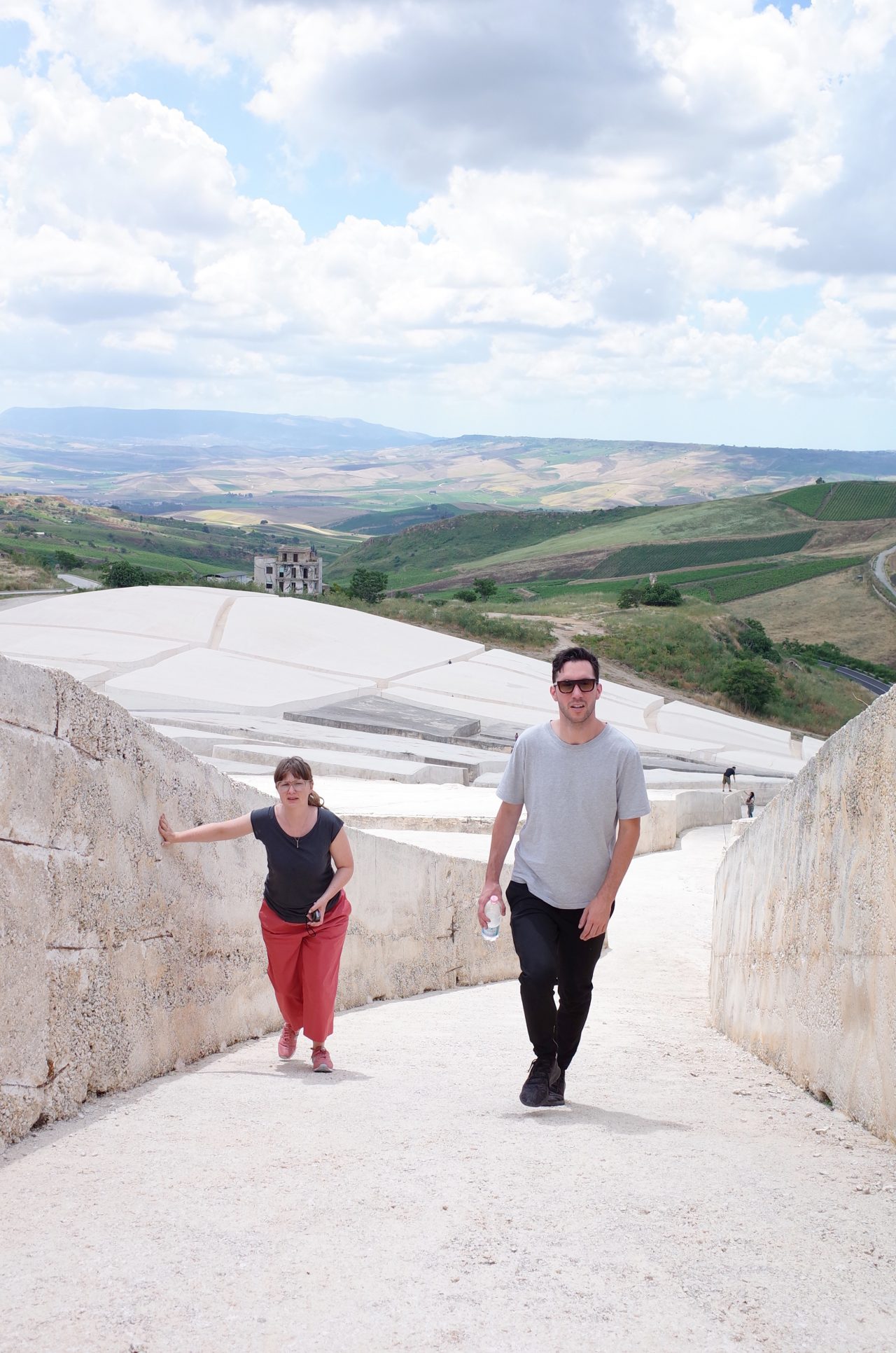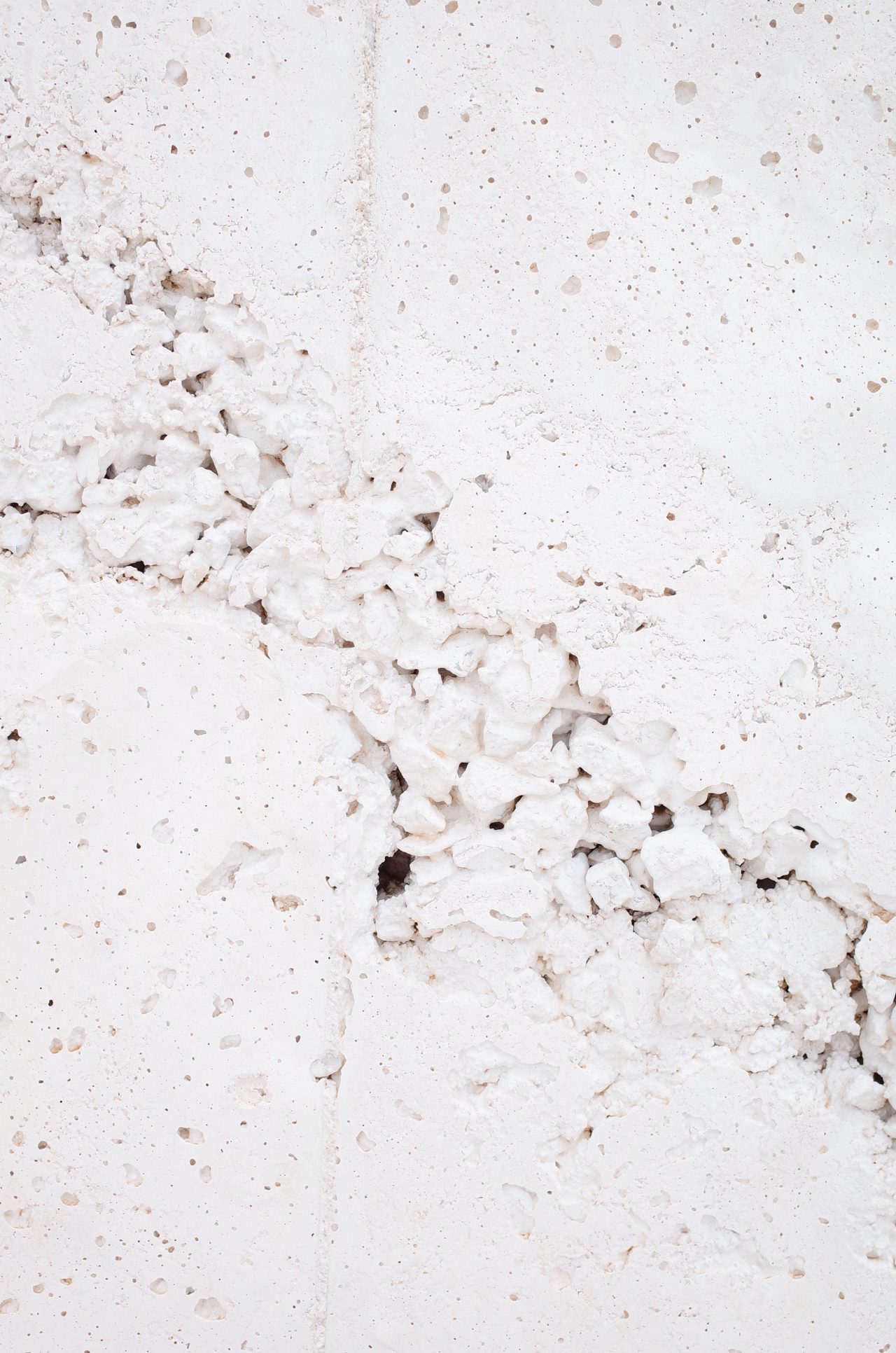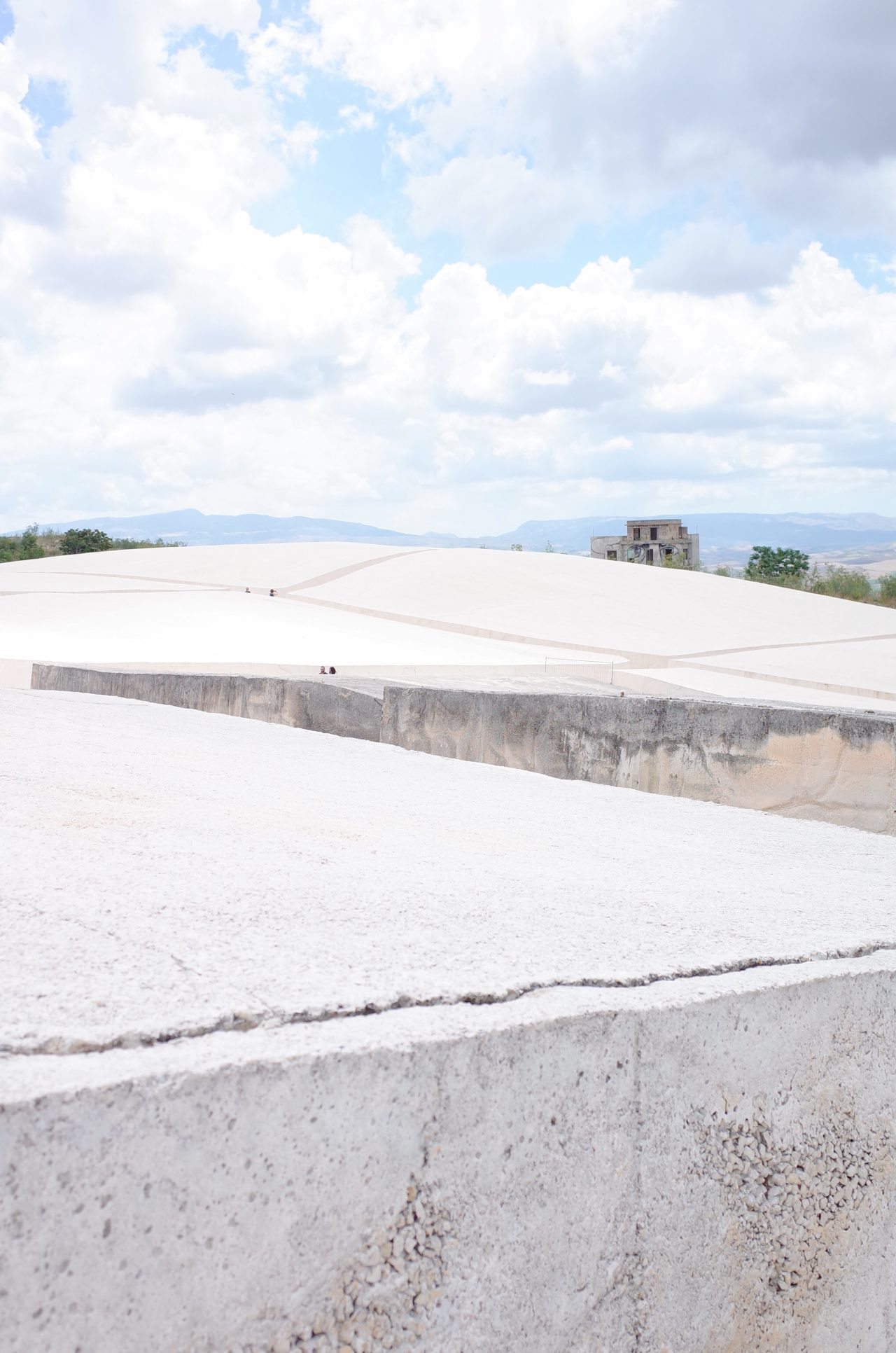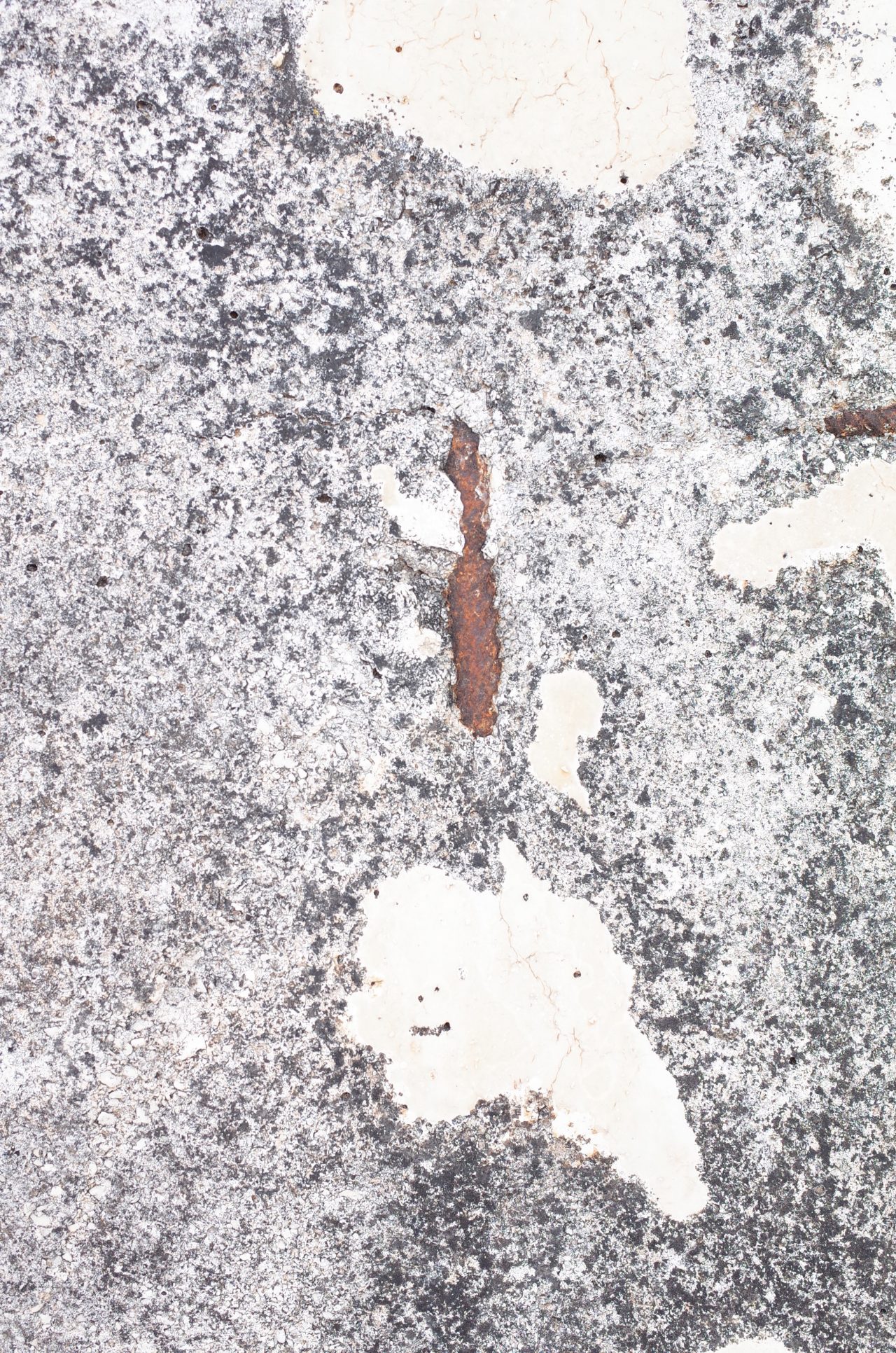CRETTO DI BURRI
One Of The Largest Land Artworks In The World, Dedicated To A Village Lost in the Belice Earthquake

Cretto di Burri, also known as the Cretto di Gibellina or ‘The Great Crack’ by Umbrian artist Alberto Burri is one of the largest land artworks in the world, dedicated to the lives lost in the 1968 earthquake in the Sicilian village of Gibellina.
The land art work by Alberto Burri is found in the original village of Gibellina Sicily, south-west of Palermo in the hillside area of Trapani. Once thriving, the town was destroyed by a devastating earthquake, the Belice Earthquake on January 14, 1968. The earthquake trembled the Valle del Belice area destroying several towns, and claiming 1150 lives in total.
Burri had originally started to create an artwork in the city in 1984, but after being moved by the devastation of the town in 1968, he offered to create an artwork covering the entirety of the destroyed town as a permanent memorial. Angular concrete forms cover the village ‘streets’ and depict the village’s original layout, with the memorial able to be experienced by visitors physically on foot. Under the cement lies building rubble, furniture pieces and the last remains of the village that was. With the concrete over a metre in height, village ‘walls’ encapsulate the visitor creating an all-consuming feeling. With so many lives lost in the earthquake, it’s impossible not to feel the energy of the once-prosperous village.
Burri enlisted the help of the Italian military and the construction team who were also working on the Gibellina Nuova, to cover the rubble of the destroyed town and compacting the loose fragments, enclosing them in metal nets and pouring white cement over the entire site. The focus was to maintain the site’s urban footprint and history. The full site measurements see the artwork cross (150 cm × 35000 cm × 28000 cm) in size and across approximately 85,000 square metres. The artwork originally began construction in 1984 (later then in 1968) and was left in an unfinished state in 1989, finally seeing completion now 30 years later.
While the artwork remains at the original Gibellina site, the new city of Gibellina known as Gibellina Nuova, has since being rebuilt and is found about 11km from the city’s original location. Champ Editor Monique Kawecki visited the extraordinary Cretto di Burri during this years Manifesta 12, this year held in the Sicilian city of Palermo, Italy.







































